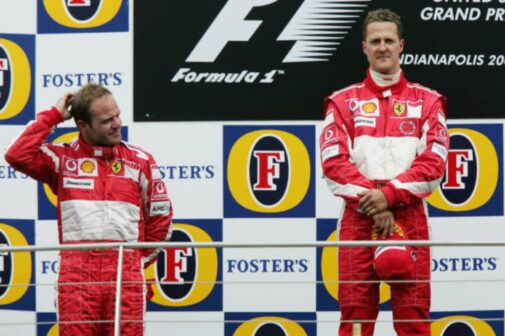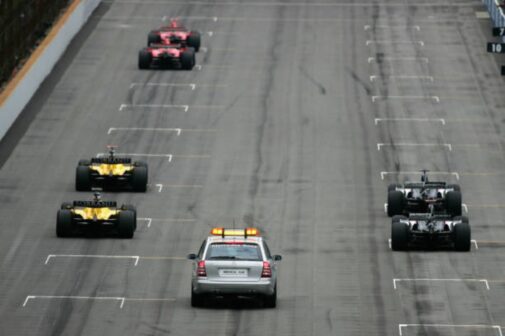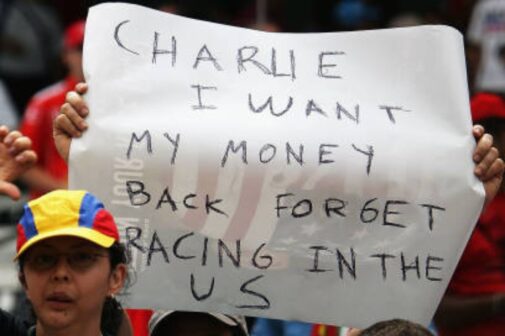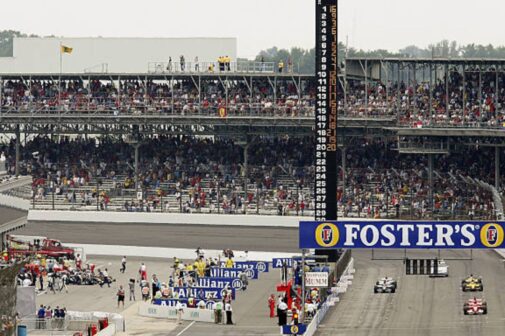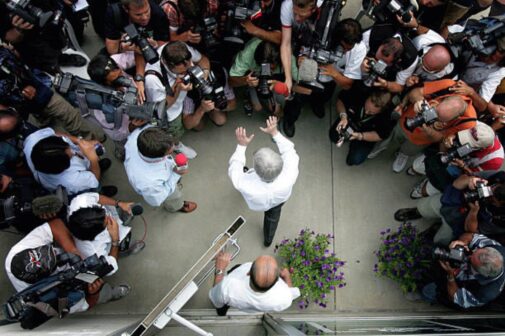The Indianapolis crowd, frustrated and disappointed, expressed their displeasure as Michael Schumacher’s Ferrari led the sparse field to victory, with only six drivers competing while the remaining 14 cars sat idle in their garages. This on June 19th, 2005 was motorsport history! But why?
Now, when this happened, I was only five and even I could tell something was wrong. Amusing but wrong. Despite knowing my dad’s patience levels, I asked him what was wrong. I would only come to learn what the crowd felt much later in life.
The bizarre sequence of events began when Ralf Schumacher’s Toyota suffered a tire puncture during practice, causing a crash at the Indianapolis circuit’s banked final turn. Michelin, the tire supplier for several teams, advised against racing after investigating the failure. Teams using Michelin tires, including Renault, McLaren, and Williams, faced a dilemma: risk racing on unsafe tires or withdraw.
Nine teams agreed to race only if a chicane was added to the final turn to reduce tire load, but Ferrari and the FIA vetoed the proposal. Consequently, during the formation lap, it remained uncertain whether the Michelin teams would race. Ultimately, the seven Michelin teams, including Red Bull and Toyota, opted out, leaving only Ferrari, Jordan, and Minardi on the grid.
Commentator Maurice Hamilton vividly recalled the surreal moment when the Michelin-equipped cars peeled off into the pit lane, leaving the grid with just six cars. He described the race as the strangest he had ever commentated on, with a palpable sense of bewilderment and frustration among fans and paddock members alike. Despite the limited competition, Barrichello noted that the mental challenge of racing under such unusual circumstances was significant, though it lacked the excitement of a full field.
The fallout from the race was immediate and severe. Fans were outraged, and many believed then-FIA president Max Mosley had not done enough to find a compromise. Michelin faced criticism and later agreed to refund fans. Despite the backlash, F1 eventually regained its footing in the US, thanks to reparations by Michelin and the enduring loyalty of American F1 fans.
Years later, the 2005 US Grand Prix is remembered with a mix of nostalgia and incredulity. Broadcaster Bob Varsha compared it to a train wreck, noting that over time, people came to view the event as a unique moment in racing history.










